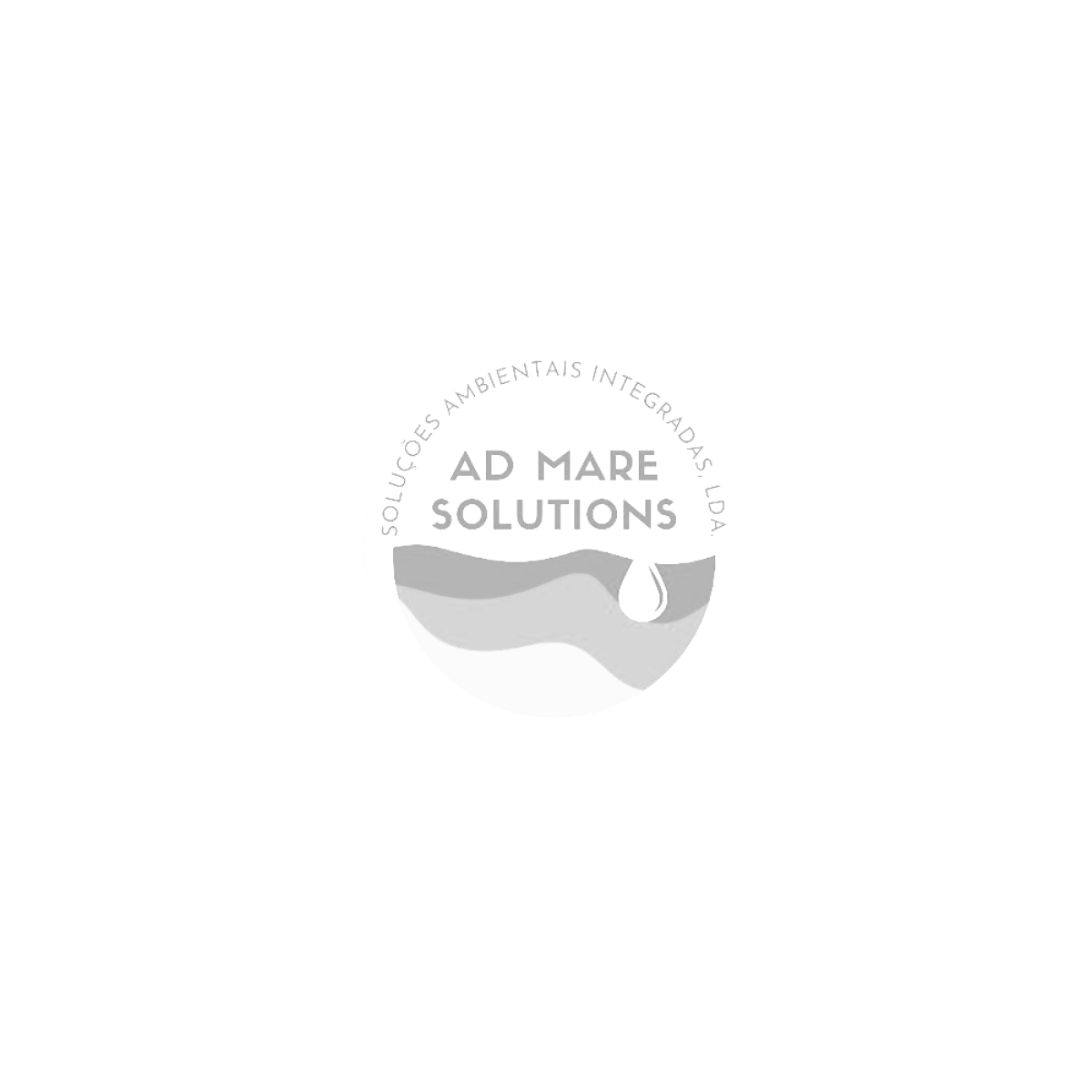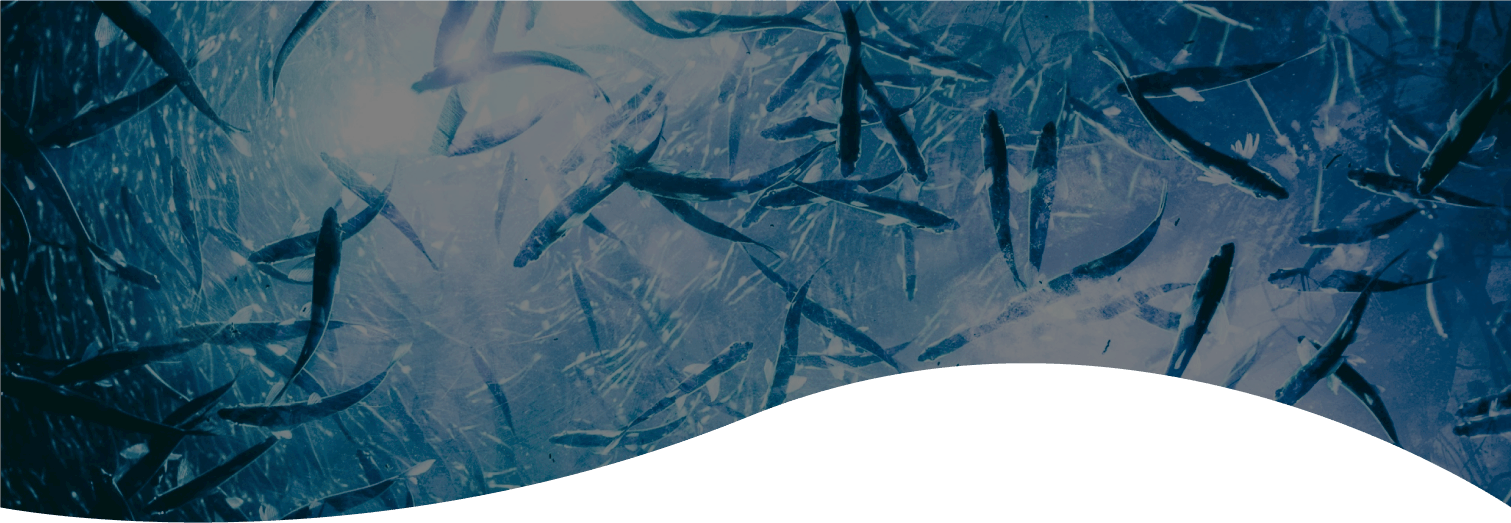
Based on:

Disclaimer:
All the following information is based on the BlueInvest Investor Report, which combines market data with results from an investor survey conducted by BlueInvest. BlueInvest is a European Commission initiative launched in 2019 with the aim to accelerate new ocean-based technologies and solutions to unlock innovation and investment opportunities in the sustainable Blue Economy. It is funded by the European Maritime, Fisheries and Aquaculture Fund (EMFAF).
AQUACULTURE
Definition for the sector
Aquaculture is the cultivation and farming of aquatic organisms, specifically the rearing, breeding and harvesting of freshwater, brackish water and saltwater populations under controlled or semi-controlled conditions. This can be done either through water-based systems, land-based systems or integrated farming*. Various marine and freshwater species are farmed, including fish, molluscs, crustaceans and aquatic plants (mostly macroalgae).
For fish, molluscs and crustaceans, the aquaculture process is:
(i) generating/producing the aquaculture species (breeding),
(ii) keeping, feeding and providing medical care for them (rearing),
(iii) catching and killing them for consumption (harvesting).
For fish, molluscs and crustaceans, the aquaculture process is:
(i) generating/producing the aquaculture species (breeding),
(ii) keeping, feeding and providing medical care for them (rearing),
(iii) catching and killing them for consumption (harvesting).
* Water-based systems include cages, pens and inshore/offshore systems; land-based systems include rainfed ponds, irrigated or flow-through systems, tanks, raceways and recirculating aquaculture systems; integrated farming includes livestock-fish, agriculture and fish dual use aquaculture, irrigation ponds and multi-trophic integrated farming systems
DDC Strategy - Digitalize, Decarbonize, Circularise
In general terms, sustainable aquaculture is used to produce food, but it can also serve to replenish wild stocks and rebuild populations of endangered species. In more specific terms, sustainable aquaculture is the farming of aquatic species in a way that reduces emissions, mitigates pollution, uses less plastic and more renewable energies, is more energy and water efficient, puts less strain on supply chains (particularly those of wild fish stocks), uses fewer chemicals and medicines like antibiotics, better respects fish welfare, and creates future-proof jobs, all while producing high-quality, nutritious seafood** and aquatic plants. The environmental impact of aquaculture is largely determined by the production method*** used. The fact that aquaculture byproducts can be used in several ways also promotes higher circularity in the sector.
** Includes fish, molluscs, crustaceans and aquatic plants farmed in marine, freshwater and brackish water environments.
*** These methods can be classified as high-risk (e.g. open net pens, ponds) or low-risk (e.g. closed systems, raceways) depending on how likely they are to affect the environment surrounding them.
Fórum Oceano Services for the sector
Business development and internationalization: market intelligence services; organization of business missions and matchmaking; support for investment initiatives; creation of ESG entrepreneurship and business acceleration programmes; support for business internationalization.
Business acceleration, entrepreneurship, digitalization and ESG innovation: implementation of European and extra-European projects focused on innovation ecosystems and networks; support services for the creation of ESG business models; ESG impact assessment services for companies and technologies; support for business financing; support for access to infrastructures for testing ESG technologies, products, and services.
Training, education, and literacy: Creation of technical and higher education training solutions; Development of blue literacy initiatives linked to ESG youth entrepreneurship and knowledge of ESG blue economy professions.
Organizing events and actions to communicate the ESG blue economy: Disseminating knowledge and good practices, fostering collaboration between stakeholders, and highlighting emerging opportunities in the ESG blue economy.
Strategic studies and public policy: Conducting strategic studies to define municipal, regional and national blue economy strategies.
Value Chain

Key Innovations and Technologies
| Innovation | Description | Value Proposition |
|---|---|---|
| Genetic improvement of species | The use of genetics to understand genome function, exploit genotype to-phenotype prediction, make genetic improvements in finfish, control fish reproduction, manipulate chromosome sets in shellfish and control diseases in fish. It includes both selective breeding (using the best specimens for reproduction) and genetic engineering techniques (which affect fish genetics) such as fish gender reversal. | The application of genetic techniques makes it possible to predict disease propensity, increase disease resistance and reduce the existence of infectious diseases within the aquaculture ecosystems. The goal is to enhance precision breeding, drive competitiveness within the sector and enhance food and nutrition security. Gender reversal produces more males, which are fleshier, bigger and consume less feed. |
| Improving recirculating aquaculture systems (RAS) | Projects to enhance the performance of RAS, which are a type of aquaculture setup that uses a closed or semi-closed loop water circulation system to recycle and reuse water within the system. In an RAS system, water is circulated through various tanks and filters to remove waste and maintain quality. | Better performing RAS reduce water waste and deliver improved energy efficiency, better adaptability to salt water use, improved water filtering and better output rendering. It also enables the digitalisation of aquaculture, with the use of IoT and sensors, and can be paired with renewables for more energy efficiency. RAS are scalable and can be located almost anywhere, including urban environments. |
| Aquaculture digitalisation | The installation of sensors, cameras, IoT equipment, automatic feeders, etc. inside tanks/ponds in order to monitor fish health and welfare, algae and bacteria in the water, track inventories and calculate the amount of water needed, the condition of the water and the amount of feed, etc. The IoT technologies can be complemented by cloud computing. | These devices measure and regulate environment conditions such as water temperature, the amount of water required and the amount of feed needed, thereby increasing predictability, cost efficiency and speed of production. They also offer an early warning system for harmful algae and cyanobacteria blooms, and make it possible to identify fish with diseases and monitor production remotely without human intervention. |
| Satellite monitoring | The use of satellites to monitor farms in remote locations that do not support fibre connections. | The use of satellites enables the uninterrupted monitoring of production on farms that are located further from the coast and reduces the number of in-person interventions needed, thus increasing efficiency. This setup also allows for the production of fish in deeper water. |
| Fish handling systems | Systems for handling, pumping, processing and cooling the produced species in a way that ensures better fish welfare. | Handling systems improve fish welfare by reducing stress and mortality, increase quality by reducing stress during harvest and pre-rigor mortis time, and decrease carbon emissions, costs and risks of disease. |
| Remotely operated vehicles (ROVs) for aquaculture | Robots controlled from outside the marine environment that are equipped with cameras and can execute underwater tasks that would normally have to be done by humans. | ROVs can perform tasks that demand a skilled workforce and expensive protective underwater gear. With the help of ROVs, farmers can inspect nets quickly and without leaving their desks. |
| Oral vaccines | New vaccines that can be fed to fish instead of being injected individually | Oral vaccine administration reduces time and costs compared with individual fish vaccination. It also facilitates vaccine distribution, reduces stress for fish and thus the risk of death during and after the vaccination. It lowers the risk of illness in fish production and so increases fish welfare. |
| Alternative feed sources | The creation of fish feed from sources other than small catch. Some promising options include plant-based solutions (like soybean protein), algae and insects. Although high-quality algae improves fish health and nutrition, it is still expensive. | Fish meal alternatives present an opportunity to sustainably scale aquaculture production by reducing dependency on fish meal and fish oil made from recycled fish parts which, due to overfishing, are becoming ever more scarce. |
| Offshore mollusc production | Molluscs are cultivated/bred inland and produced in offshore farms: horizontal cables are placed close to the surface and attached to the seabed using an anchorage system, then lanterns are attached along the horizontal cable and shellfish are put inside them to grow. | Offshore mollusc farming reduces dependency on freshwater and land, increases the scalability of production and has minimal environmental impact. |
| Offshore macroalgae cultivation | The development of innovative solutions to produce algae that are resistant to the harsh offshore environment and maximise output. | Offshore macroalgae farming reduces infrastructure and logistics costs, does not require freshwater and fertilisers, regenerates ocean health, increases biomass yields and improves profitability. More detailed and accurate modelling will decrease risks and improve project viability. |
| Crustacean production in RAS | Crustaceans such as shrimp are produced inland using innovative RAS systems. | RAS systems facilitate sustainable crustacean production that emits less contamination and pollution, better manages with the large and steady flow of waste generated by crustaceans during the rearing process and is able to adapt to specific water conditions, such as salt levels. |
| Integrated multi-trophic aquaculture (IMTA) | The farming of various species with different trophic levels together in one aquaculture system, using a circular economy approach. In IMTA production, the uneaten feed and waste of one species are recaptured and converted into feed, fertiliser and energy for another species. One example could be the production of fish, sea urchins and seaweed together in one system. | IMTA enables a circular-economy approach to aquaculture production, decreases the environmental impact of production, optimises the use of space and reduces waste. It can also have a positive impact on the growth rates of certain species, such as sea urchins. |
Aquaculture Markets Data


Blue Economy Barometer


Hub Azul Dealroom


Euronext Lisbon


Blue Invest

Fórum Oceano is the managing entity of the Portuguese Sea Cluster, certified and recognised by the Ministry of Economy and the Sea, the Ministry of National Defence and the Ministry of Planning and Infrastructure.
With the support of

Headquarters
Delegation
© 2024 Fórum Oceano. All rights reserved. Developed by Yacooba Labs

